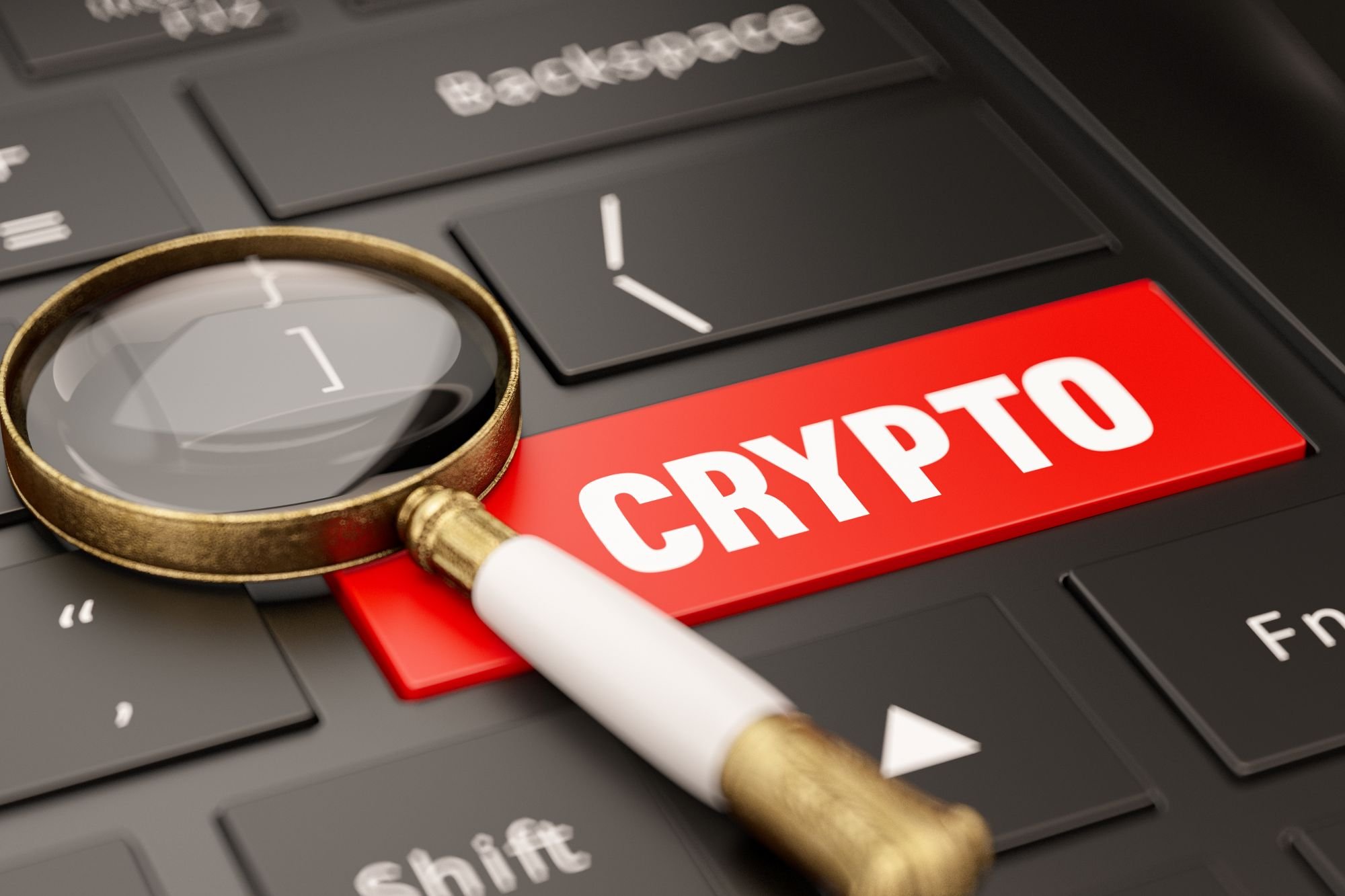Part of Ripple's original vision for XRP (XRP 5.72%) is for it to be the reliable financial plumbing that moves value where it needs to go, especially across international borders where exchange fees and other transfer costs can add up quickly. Given that XRP's price is up by 750% over the last three years, Ripple must be doing something right.
Today, the investment thesis for Ripple's expanding financial value chain rests on three jobs to be done: Build institutional-grade infrastructure on the XRP Ledger (XRPL), expand in the geographies that control capital flows, and turn Ripple's new stablecoin, Ripple USD (RLUSD 0.01%), into a default settlement medium. Here's how and why each of these three tasks is indispensable for the chain's future success, both as an investment and as a set of financial tools.

Image source: Getty Images.
1. Build the blockchain that institutions actually want to use
If Ripple continues to succeed, it will be because XRP keeps solving specific problems or constraints that banks and asset managers have, like regulatory compliance, asset controls, and transaction settlement times and costs.
The protocol's tool kit for issued assets already includes trust lines and authorization, account freezing, transaction clawback, and payment controls like partial payments. So asset issuers don't need to spin up any additional services to have the asset control toolkit they want available by default.

CRYPTO: XRP
Key Data Points
Plus, those are the kinds of levers that compliance teams ask for up front. Importantly, they're also the kinds of levers that are missing or fragmented on many major blockchains, which is why central banks and large issuers keep asking for them.
XRPL also needs to keep modernizing its market plumbing to maintain its strong product-market fit. On that front, the protocol's native automated market maker (AMM) amendment went live in early 2024, and even more compliance tooling is on the way soon enough.
The more institution-friendly the ledger gets, the easier it is for large holders to park assets and move money there. And that sets up the next must-do task.
2. Capture the jurisdictions where capital flows originate
Payment rails can only be above-board when they are licensed by the relevant regulatory authorities.
Ripple has done real work here in critical international jurisdictions. In Singapore, a critical transaction clearing hub for all of Asia, its subsidiary holds a Major Payment Institution license from the Monetary Authority of Singapore (MAS). That's a prerequisite for capturing any of the capital flows there.
Dubai is another obvious beachhead. In March, Ripple secured regulatory approval to provide crypto payments in the Dubai International Financial Center (DIFC), and it quickly announced that it had found a couple of clients in the United Arab Emirates shortly afterward.
Other important regulatory clearances are either in the bag already, or likely on the way. That'll position XRP to become a more important medium of international exchange, which will increase demand for it.
But even if XRP itself doesn't get used as the main asset for international exchange, the chain can still win -- here's how.
3. Bolster its stablecoin as settlement medium
To lower transaction costs and shorten carry times, financial institutions want fiat currency-like instruments that settle instantly and predictably.
In that same vein, a global payments network without a fit-for-purpose stablecoin is a car without gas. RLUSD is Ripple's USD-denominated stablecoin, which is natively on XRPL, and fully backed by cash and cash equivalents with monthly third-party attestations.
But RLUSD still has to grow into the role that financial institutions are looking for it to fill.
As of mid-August, Ripple's own reserve dashboard showed roughly $642 million of RLUSD in circulation. Of that, $164 million is parked on the XPRL, so there are some early positive signs of users holding it on other chains. Nonetheless, major stablecoins like USDC have more than $67 billion in circulation, so RLUSD has a very long way to go before it's even in the top 10 largest stablecoins.
To accomplish that, it needs exchange listings, major wallet compatibility, and merchant corridors, plus real usage in Ripple Payments flows, both cross-border and domestic. Exchanges are starting to integrate and describe the coin's backing mechanics in ways that are similar to how they describe those of Ripple's peers, which helps.
Keep an eye on additional issuance of RLUSD by Ripple; for the institutional investors it's targeting, it'll be necessary to have billions and billions of the coin in circulation before the largest fish are interested.






